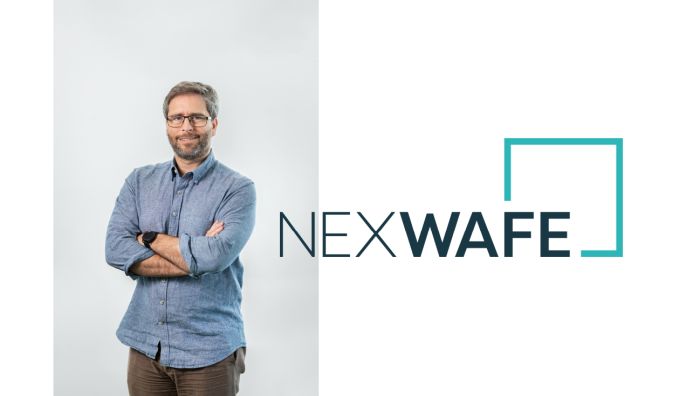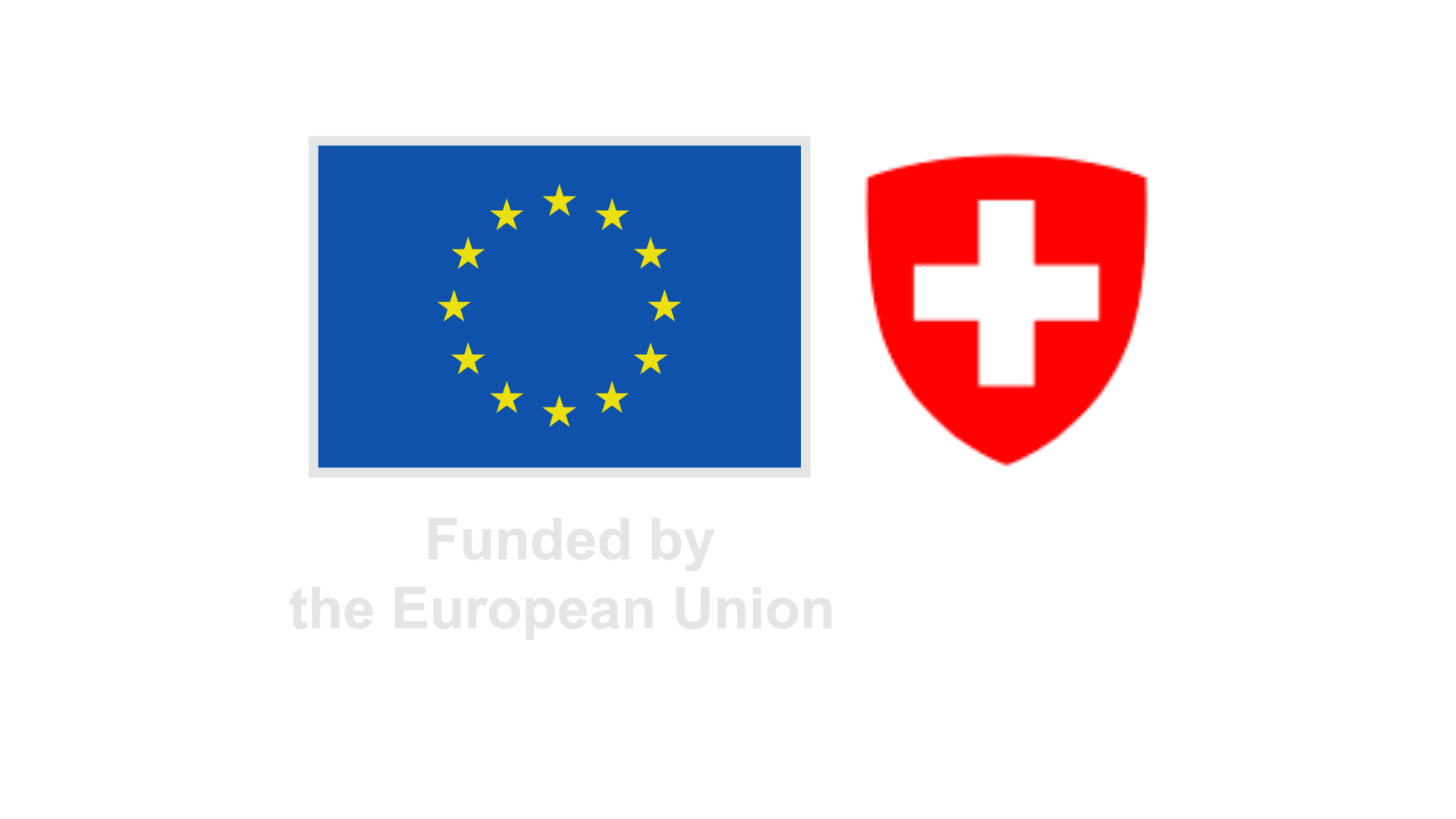“I am a green technology enthusiast with a passion for bringing innovation to the market in a way to have a positive impact on society. After graduating in Electrical Engineering and Information Technology in Germany I went on to pursue a R&D Engineering career in technology startups in Sweden, working with technology development of nanowire based opto-electronic devices such as nitride-based LEDs and III-V solar cells. Having a multi-cultural background combined with expertise in material science and epitaxial growth of solar cells led to joining Nexwafe, where I today am head of our Future Technology department and responsible for the introduction of new technologies, R&D collaboration, and IP Management. In SiLEAN I am the Work Package leader for WP2 – Light trapping in ultra-thin wafers.”
What was your original motivation to become a researcher?
Already at a very early age I recognized my desire to work with science and technology. As a kid I remember the evenings spent with my stepfather watching Beyond2000 on TV and dreaming of someday working with developing those game-changing technologies that could change society. Growing up in the 90’s and living the rise of PC’s, cellphones, the internet and semiconductor development made me pursue a path within material science and electronics.
What is your (main) research area today?
Being responsible for new technology development at Nexwafe I focus on identifying and developing the unique abilities that our EpiNex™ process offer to create optimized silicon wafers for the solar industry. This spans from looking at optimizing material properties for different solar cell architectures all the way to finding novel ways to improve our manufacturing processes.
What is the main objective of your team in SiLEAN?
My team will work on optimizing the manufacturing process of ultra-thin wafers down to 50µm thickness, and together with the partners develop novel light-trapping processes for such thin wafers for highly efficient heterojunction solar cells.
What expertise and facilities does your team have to meet those objectives?
In our R&D site in Freiburg we have the full manufacturing capability for EpiNex™ wafers, and count on a team of highly experienced scientists and engineers. Strongly involved in the project we bring staff with multiple years of silicon solar cell texturization and wet-chemical experience from one of the global leaders in high-efficiency solar cells manufacturing.
Which aspects of your research at SiLEAN do you believe are the most innovative and what unique opportunities offer SiLEAN to yourself and/or your organisation?
The development of novel light trapping process optimized to ultra-thin wafers with the demonstrated performance targeted in SiLEAN will offer a clear path to improved sustainability for the solar industry. Personally, the project offers me the ability to strengthen my network and collaboration opportunities with leading experts and institutes in Europe. For Nexwafe it will showcase the potential of our EpiNex™ wafers both in performance as well as its significantly better environmental footprint.
How do you see the future use of the SiLEAN results and the impact of SiLEAN project in our daily lives?
There are 2 main cell architectures dominating the solar market in the coming decade, TOPCon and HJT. Heterojunction solar cell manufacturing not only achieves higher efficiency and better temperature stability compared to TOPCon, but it also has a lower environmental footprint, especially due to its lower energy consumption. Additionally, its excellent surface passivation properties enhance the performance and environmental advantage of using thin wafers, making it a compatible and effective choice for maximizing energy conversion with less resource needs.
The results developed in SiLEAN will increase the benefits of HJT technology and offer a significantly more sustainable manufacturing process for solar energy. This is especially relevant for the re-building of a strong and competitive European solar manufacturing industry. In the end I expected to see an increased market share of HJT technology.


